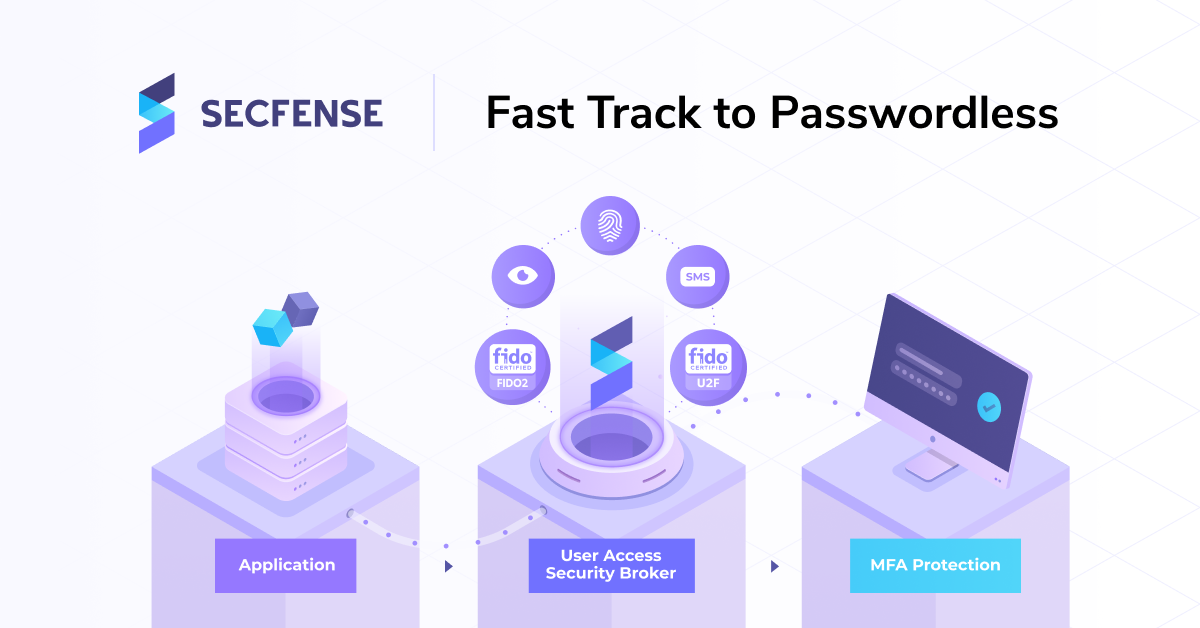The Polish Bank Association together with the research company Kantar has recently conducted interesting research. In a survey conducted between 13 and 23 April 2021, managers from 100 bank branches were asked what they think about the cybersecurity of banks and their clients. The results that came up were very divided. According to 53 percent of those surveyed over the past year, there has been an increase in the number of violations and attacks. The opposite opinion was expressed by 42 percent. of respondents.
Cyber attacks on the financial sector
The optimism of almost half of the respondents is surprising. It has little to do with facts, i.e. remote work, which creates almost ideal conditions for cybercriminals. Financial institutions are also at risk in this respect, and perhaps above all. As we read in VMware Carbon Black Report 2020, as much as 51 percent. of all attacks in the first half of last year targeted the financial sector.
However, the opinion of as many as 74 percent of those surveyed who claim that the development of new technologies, innovations, artificial intelligence, and machine learning strengthens the cybersecurity of the banking sector is hopeful. Moreover, there are specific actions behind it. Companies spend more and more of their budgets on their IT security strategy. They choose proven technologies, but they also reach for new products that help them stay one step ahead of the increasingly creative cyber criminals.
You can also see sensitivity to solutions that protect the so-called areas that are easier to overcome, i.e., users, employees – ordinary people operating computer applications and systems in banks.
Identity verification
This is good news for us – the Secfense User Access Security Broker gives you exact knowledge of whether the right person is sitting on the other side of the computer monitor and not a thief of the employee’s authenticated identity. The broker does it with the help of strong, multi-factor authentication (MFA), which can be activated quickly and without tampering with the code on all company applications, even if their number reaches several hundred. This is a very important and revolutionary aspect of our technology, as the lack of MFA implementation options was, according to the VMware report, one of the biggest problems for British companies revealed during the pandemic. This is also consistent with Gartner’s forecast that companies that enable remote work without MFA implemented may experience five times more account takeover incidents than those using MFA.
Today, the global approach to MFA (multi-factor authentication) is definitely the key to the effective protection of the organization, which is why ease of implementation is so important in this respect. Secfense broker does not interfere with the application’s codes; it works between the application and the user.
The largest companies have already tested it – we have recently announced the cooperation with BNP Paribas Bank, who was looking for an easy way to scale MFA for financial services. We have implementations at PKP Intercity and a company from the Findia group. What’s next? We focus on increasing sales of the solution in Poland and doubling down on activities in international markets. More on our website and in the Itkey media article.
